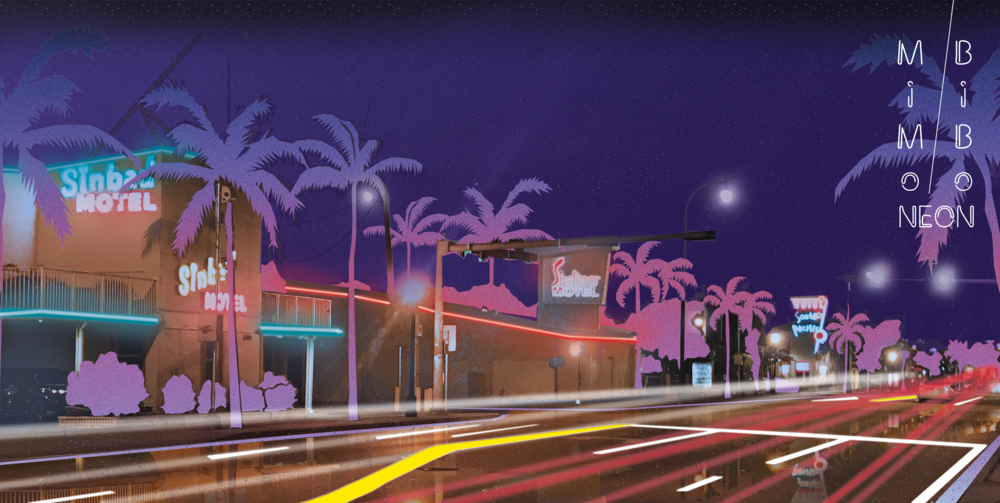RESTORING NEON ON BISCAYNE BOULEVARD


Project Goals
To revitalize the mid-20th century period of significance along the historically designated MiMo/Biscayne Boulevard, grant funding for contributing historic properties will be utilized to restore significant neon signage. Our Public Spaces Challenge idea will help invigorate the boulevard, providing an authentic experience from 50th Street to 78th Street along the Biscayne Boulevard corridor. Interconnected monument signage will help to revive the corridor economically, providing a holistic identity to the district while encouraging walkability and exploration of these glowing artistic expressions. By providing a cohesive identity, the project will utilize sustainable practices of restoration, hire local artists to complete the work, and encourage community involvement. Public awareness of Biscayne Boulevard's historic neon culture will provide a critical enhancement for the surrounding neighborhood to invoke nostalgia along the public streetscape. The completion of this project will allow visitors to appreciate the unique historic character of the neon signage while patronizing the restaurants and retail shops, encouraging walkability along the thoroughfare with friends and family, and inspiring community events.
Historic - Current - Future Conditions
History of Neon on Biscayne Boulevard
The importance of Biscayne Boulevard as a principal north-south thoroughfare began in 1925 with the connection of Miami Shores to downtown Miami by two developers, Hugh Anderson and Roy C. Wright. An economic downtown forced the transfer of the visionary project to Henry Phipps of U.S. Steel. Consumer culture of the 1950s converged with another boom development period in the “Magic City” and motor courtyard motels populated the boulevard.
In order to entice tourists searching for accommodation, motels competed in neon. Monument signage publicized the names of the motels, and utilized jet-age stylings, incorporating acute angles, textured surfaces, and colorful glowing illuminations. Though a downturn in the economy led to disinvestment, abandonment, and illicit behavior along the boulevard, its resurgence in the early 2000’s led to the rehabilitation of numerous MiMo (Miami Modern) motor courtyard motels.
Continued restoration of historic properties is required to contribute to an enhanced urban experience. A cohesive effort to recreate character-defining neon signage will return the nostalgia of the boulevard, while assisting property owners in their effort to provide public goods for all to enjoy.
Project Scope
PHASE 1:
The initial phase will target the restoration of significant monument signgae of the contributing MiMo (Miami Modern) motor courtyards from 50th to 78th Street along Biscayne Boulevard. This first phase includes nine extant buildings: Bayside Motor Inn, Seven Seas Motel, Sinbad Motel, Shalimar Hotel, South Pacific, Hotel New Yorker, Biscayne Inn, Knoxon Motel, and the Gold Dust Motel.
PHASE 2:
The secondary phase will create a unifying element in neon with the building number along the street to be affixed to the main facade along Biscayne Boulevard. We will work with a neon artist and/or crowd source the most popular design for fabrication.
PHASE 3:
The final phase will establish a research program to assist property owners to recreate lost neon signage. If significant funds remain, a grant program with be established to fund individual projects.
Research and renderings by Cynthia Pacheco; Written Laura Weinstein-Berman